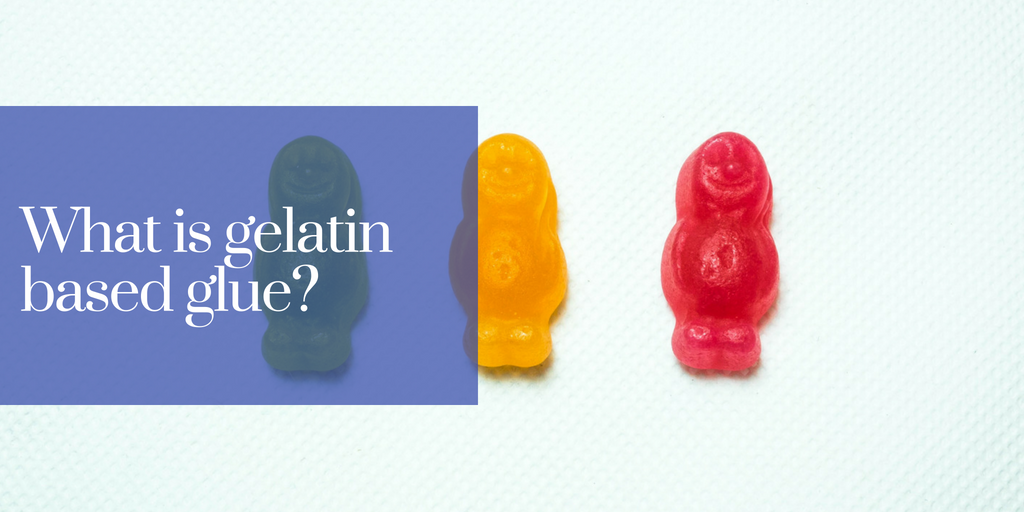Before the 1970's, the primary ingredient in our protein glues was extracted collagen from hides of bovine and porcine.
What is Gelatin?
Gelatin is a mixture of peptides and proteins produced by partial hydrolysis of collagen extracted from the skin, bones, and connective tissues (Wikipedia).
For more than 40 years now, we have replaced those ingredients with recycled pharmaceutical and nutritional gelatin in the form of soft gel netting and ground hard cap.
Soft gel netting is what’s left over from the production of vitamin E and nutrition gel capsules. While ground hard cap is from excess pharmaceutical capsules. Chances are, you have these ingredients sitting in your medicine cabinet right now.
IndustrY Uses of Gelatin
Gelatin is categorized based on its use. The categories include: edible, pharmaceutical, photographic and technical. Some common applications include:
+ Food: As a gelling agent for food products like Jello, marshmallows, gummy candy and more.
+Pharmaceutical: To bind and coat tablets(we use the recycled version of this in some of our glues).
+Photographic: To hold silver halide crystals in an emulsion in virtually all photographic films and photographic papers. (Wikipedia)
+Cosmetic: For encapsulation of bath oils, in moisturizing lotions and skin creams. (Nitta Gelatin)
+Adhesive: To manufacture hide glue (also called technical gelatin, animal glue or protein glue). Gelatin based glues are commonly used in the bookbinding, and packaging industries.
Gelatin Based Glue
The main ingredient in gelatin based glues is, well - gelatin. No surprise there, right?
These glues are completely non-toxic, and biodegradable - making them especially attractive to manufacturers looking for eco-friendly raw materials.






